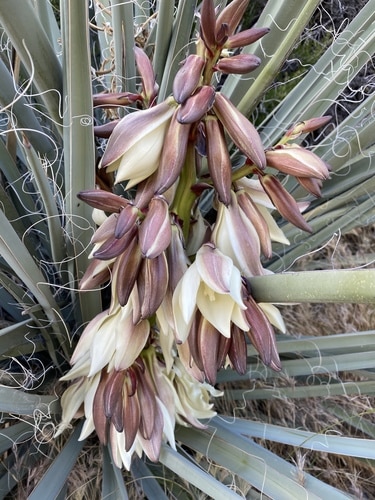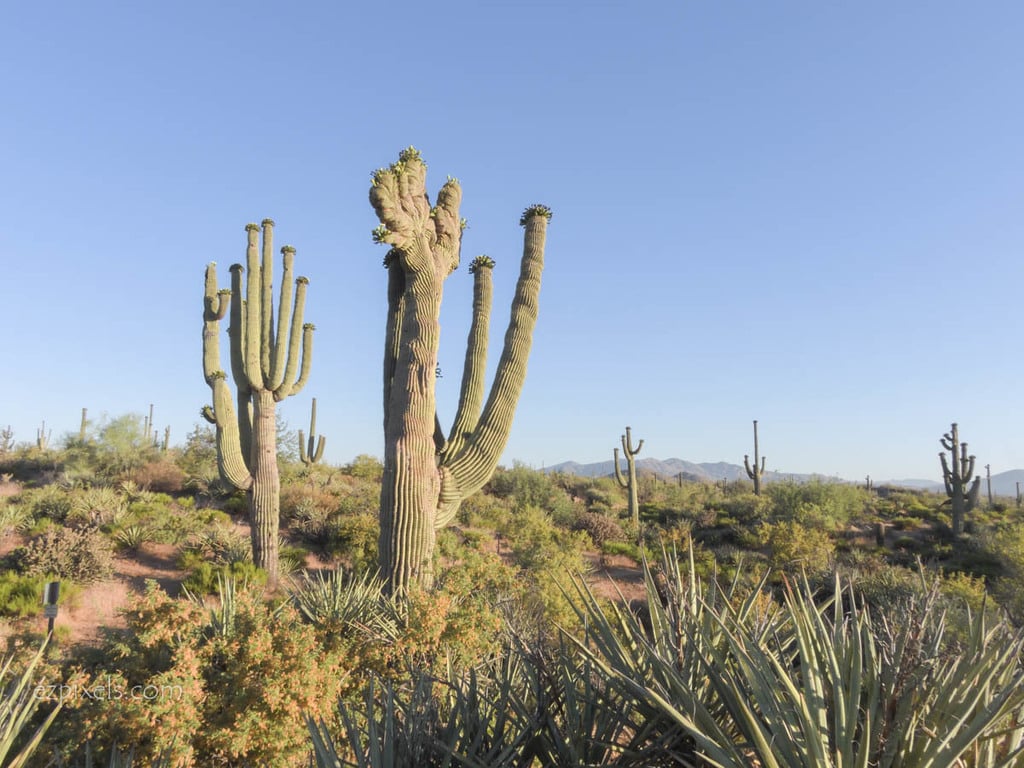See an interesting plant while out hiking in Arizona and want to learn more about it while also contributing to the knowledge of our unique ecosystem?
There’s an app for that.
The iNaturalist app allows users—also called community scientists or iNaturalists—to snap a picture of the plant while also collecting GPS data about where the plant is located. The application then uses an algorithm to provide a likely species identification to the community scientist and then crowdsources final confirmation of species identification to expert naturalists.
Sara Souther, an assistant professor in NAU’s School of Earth and Sustainability, is a member of the Tribal Nations Botanical Research Collaborative, which uses the app to better track species diversity among plants that have traditional uses with cultural, medicinal or economic values important to tribal communities. It takes the smartphone, which 96 percent of Americans have with them all the time and puts it to use, capturing high-quality ecological data on
Suddenly everyone is looking out for the health of plants that play a significant role in tribal traditions, and that’s just what the creators want.
“Culturally important species are critical for the continuation of traditional lifeways,” Souther said. “While these plants are not endangered, the traditions connected to these species are threatened by myriad factors including globalization, cultural and linguistic erosion and land access issues. Since the land held by Native American tribal nations represents only a fraction of the ancestral lands of Indigenous people, it is important to conserve these species on public lands and welcome traditional harvest practices.”
The project started because two U.S. Forest Service tribal liaisons, Nanebah and Mike Lyndon, received frequent requests from tribal community partners for harvest location information. They also asked what the USFS was doing to ensure the continued viability of these culturally important plant species, and the idea for the iNaturalist app was born. From there, the researchers compared lists of culturally significant plant species generated by representatives from seven tribal nations in Arizona.
They removed sensitive species from the list to ensure they were safeguarding cultural knowledge. The 34 plant species often get overlooked, since they are neither invasive nor endangered. Collecting information on these species will help fill a critical knowledge gap to ensure the persistence of culturally important species for future generations, Souther said.

The plants include some familiar species, like the saguaro, sunflower, yucca and juniper, and others that may be less recognizable—coyote tobacco, broom snakeweed, Goodding’s willow and curled dock. The saguaro and banana yucca are the most observed.
“I think that all of the plants are beautiful and unique,” Souther said. “I really like the yucca species because they are easy to identify, possess a substance that can be used as a natural shampoo and also produce fruits that can be cooked and eaten.”
The data are being used in several ways. Tribal partners can request information on harvest locations while the researchers are using the data to generate habitat suitability models, which can be used to identify new population locations and understand what environmental factors contribute to these species’ growth. The data also provide an early warning system—a steep drop in observations will trigger a field visit to determine if something is threatening the plants and then address it.
To become an iNaturalist, download the app and search for the Tribal Nations Botanical Research Collaborative. Join the project, then start taking pictures.
Heidi Toth | NAU Communications
(928) 523-8737 | heidi.toth@nau.edu




